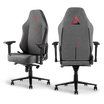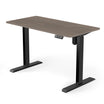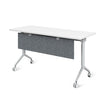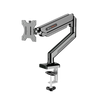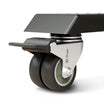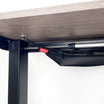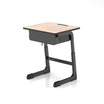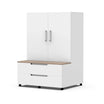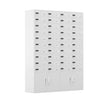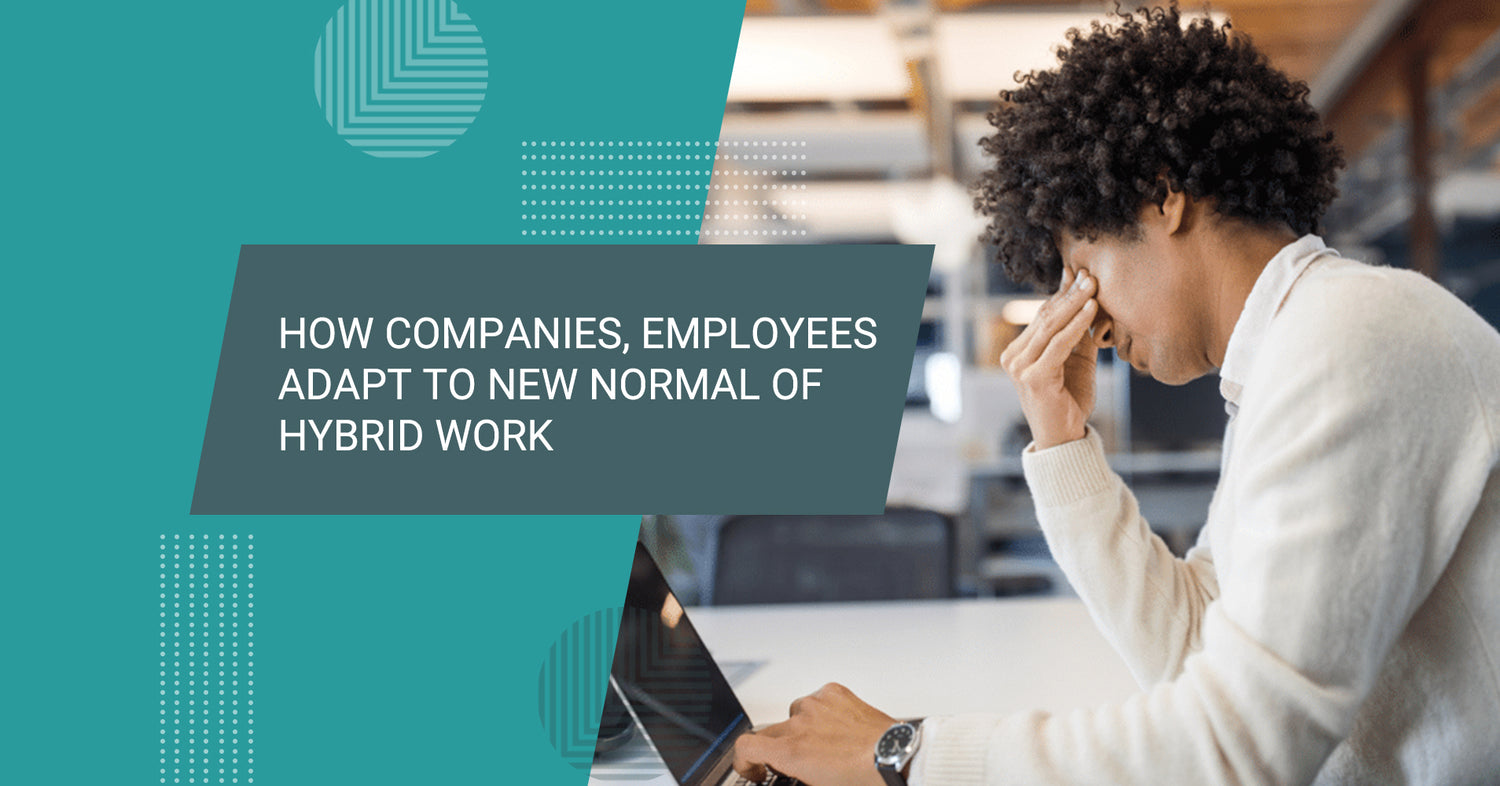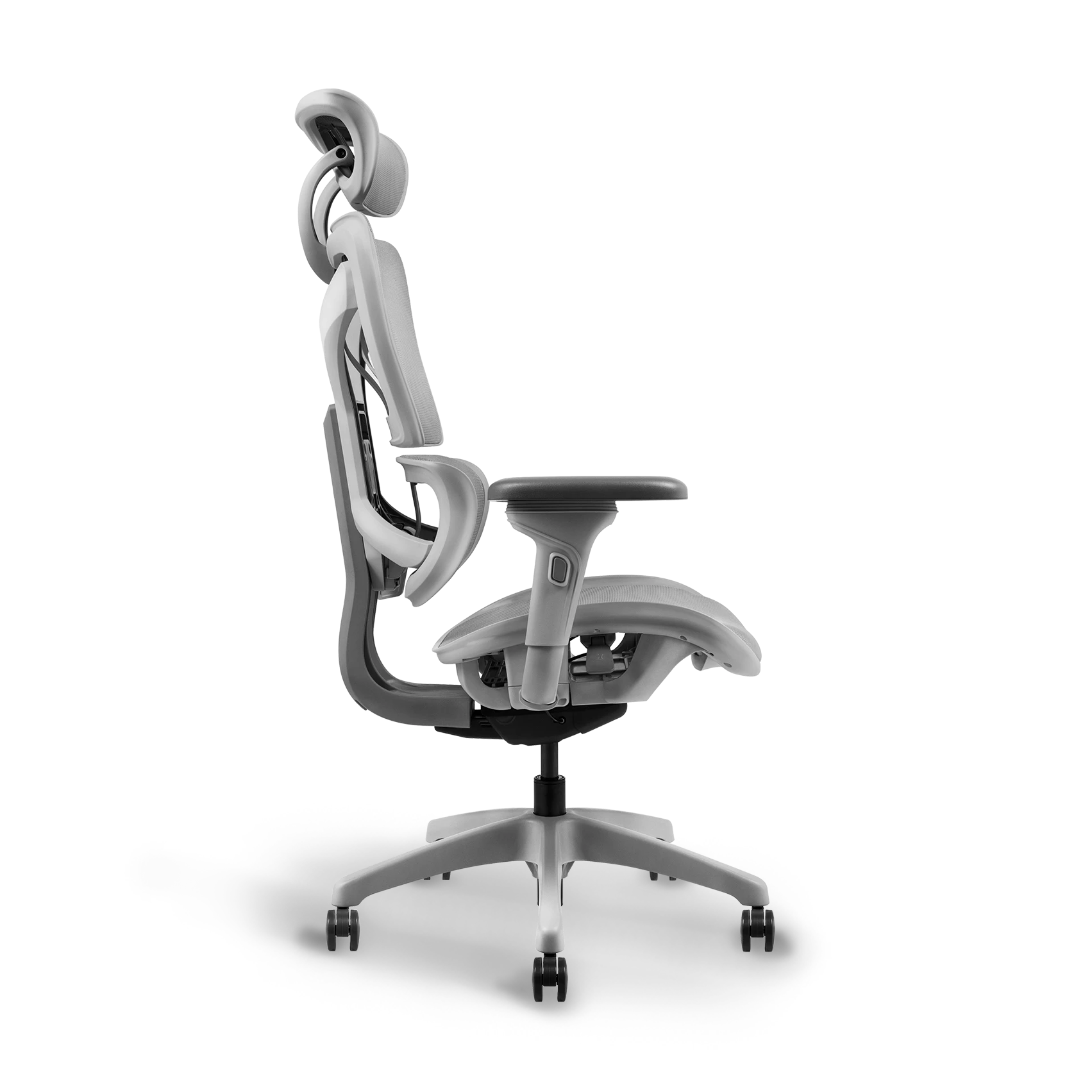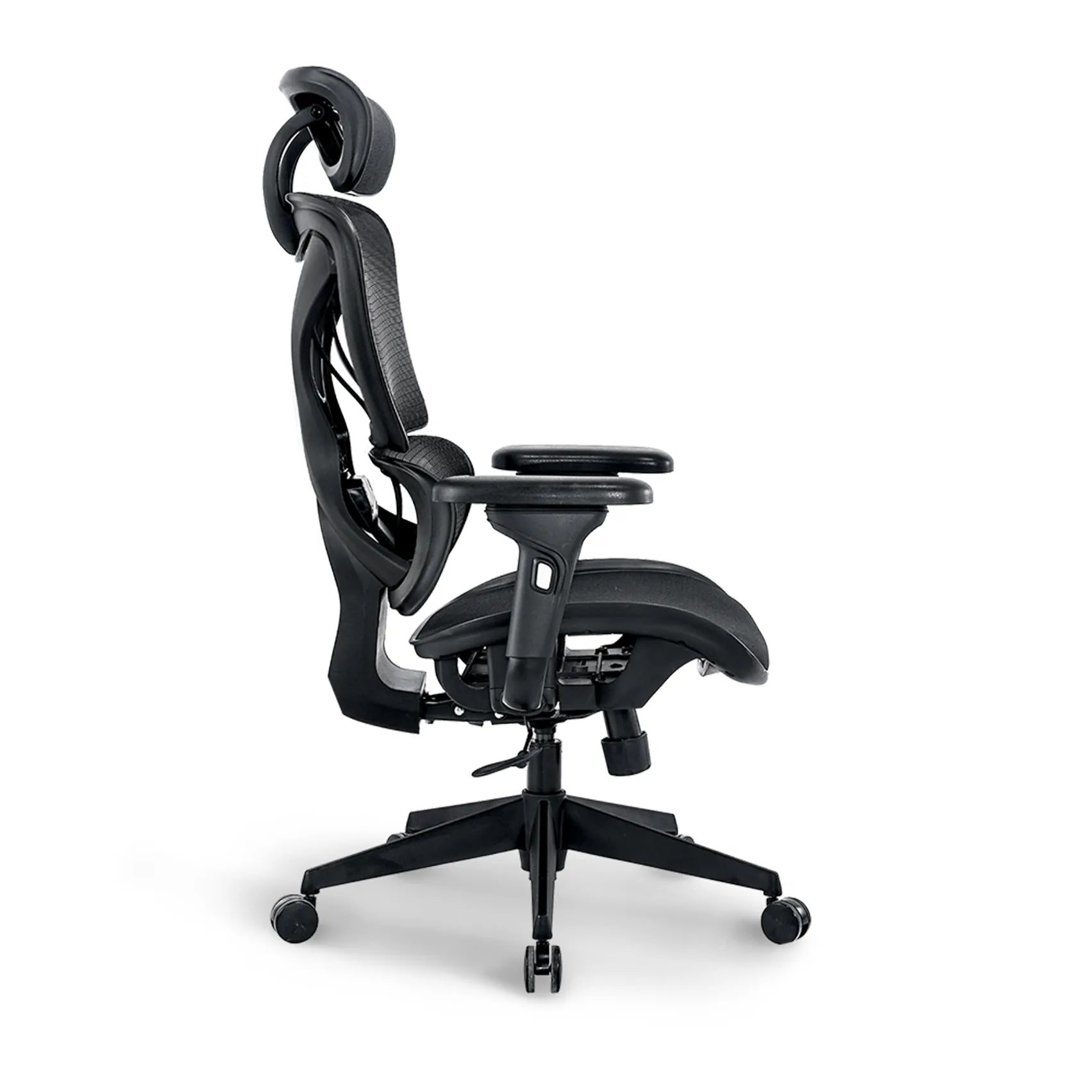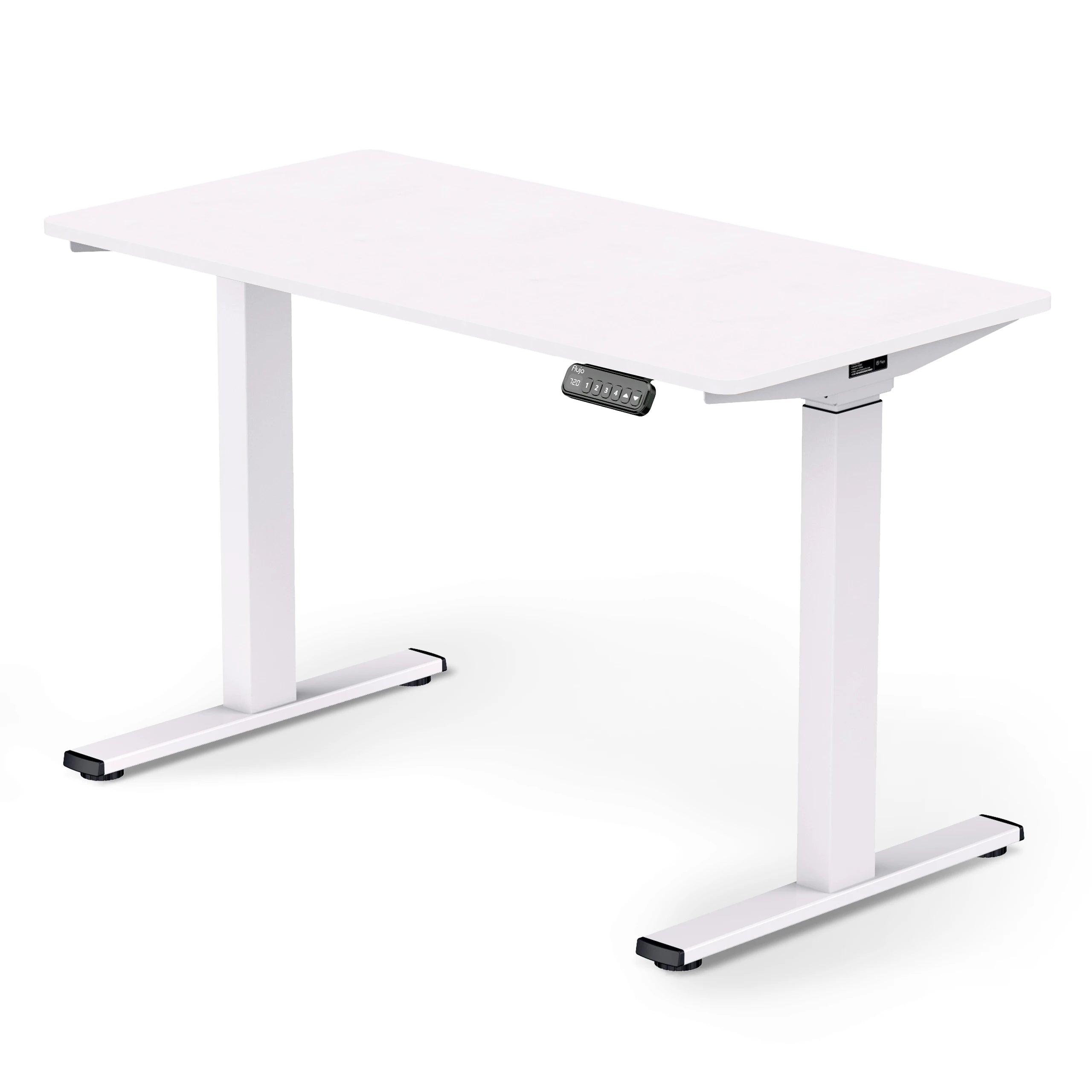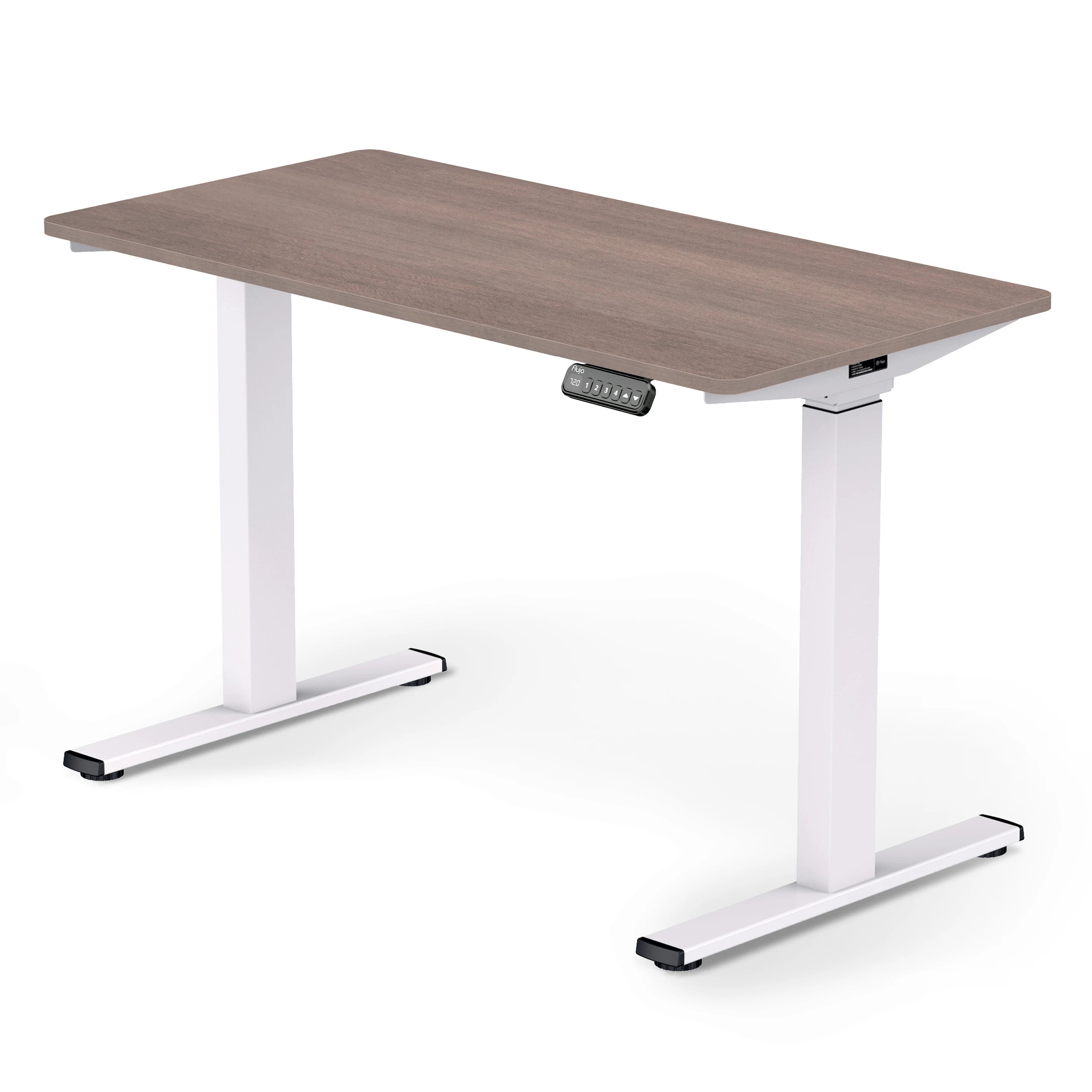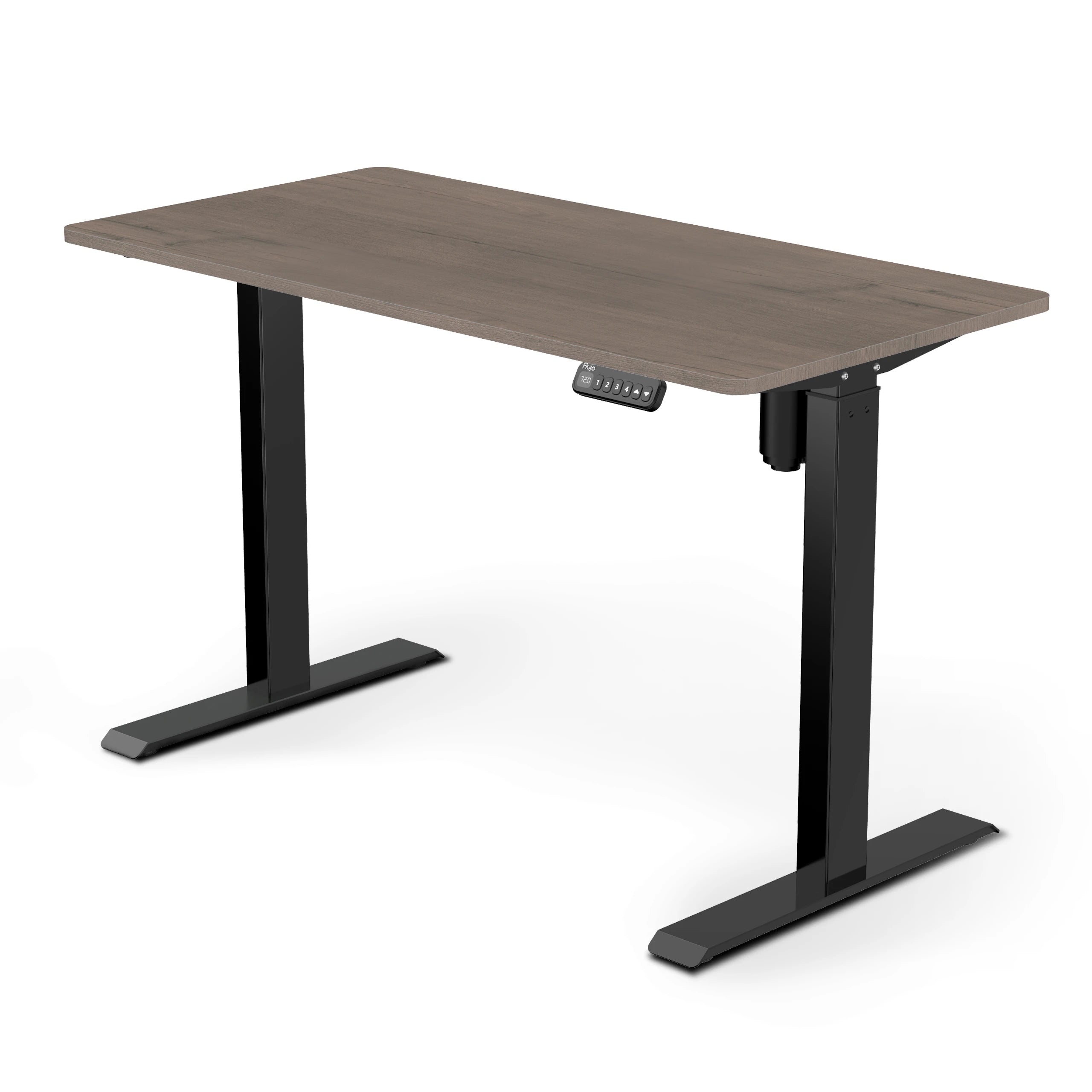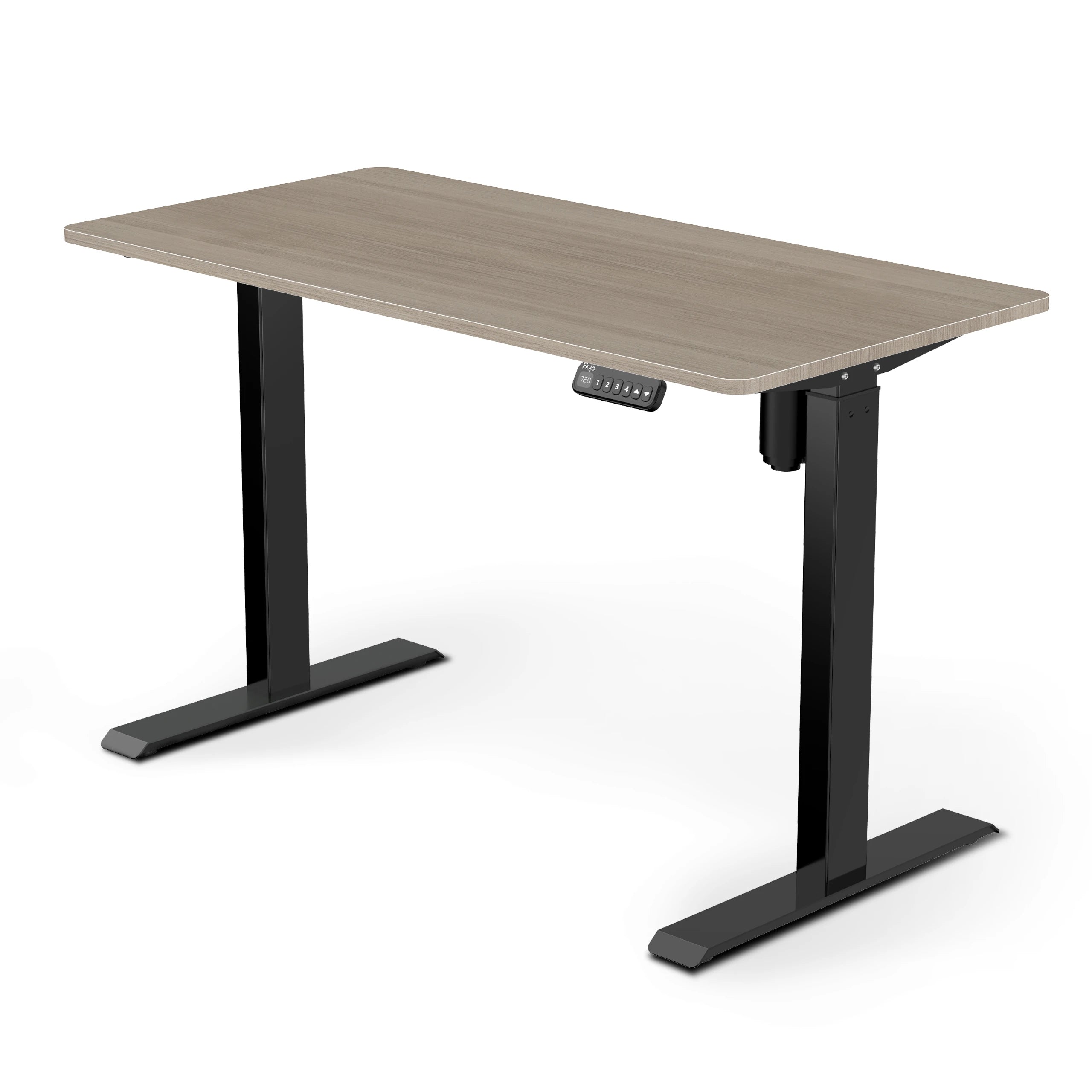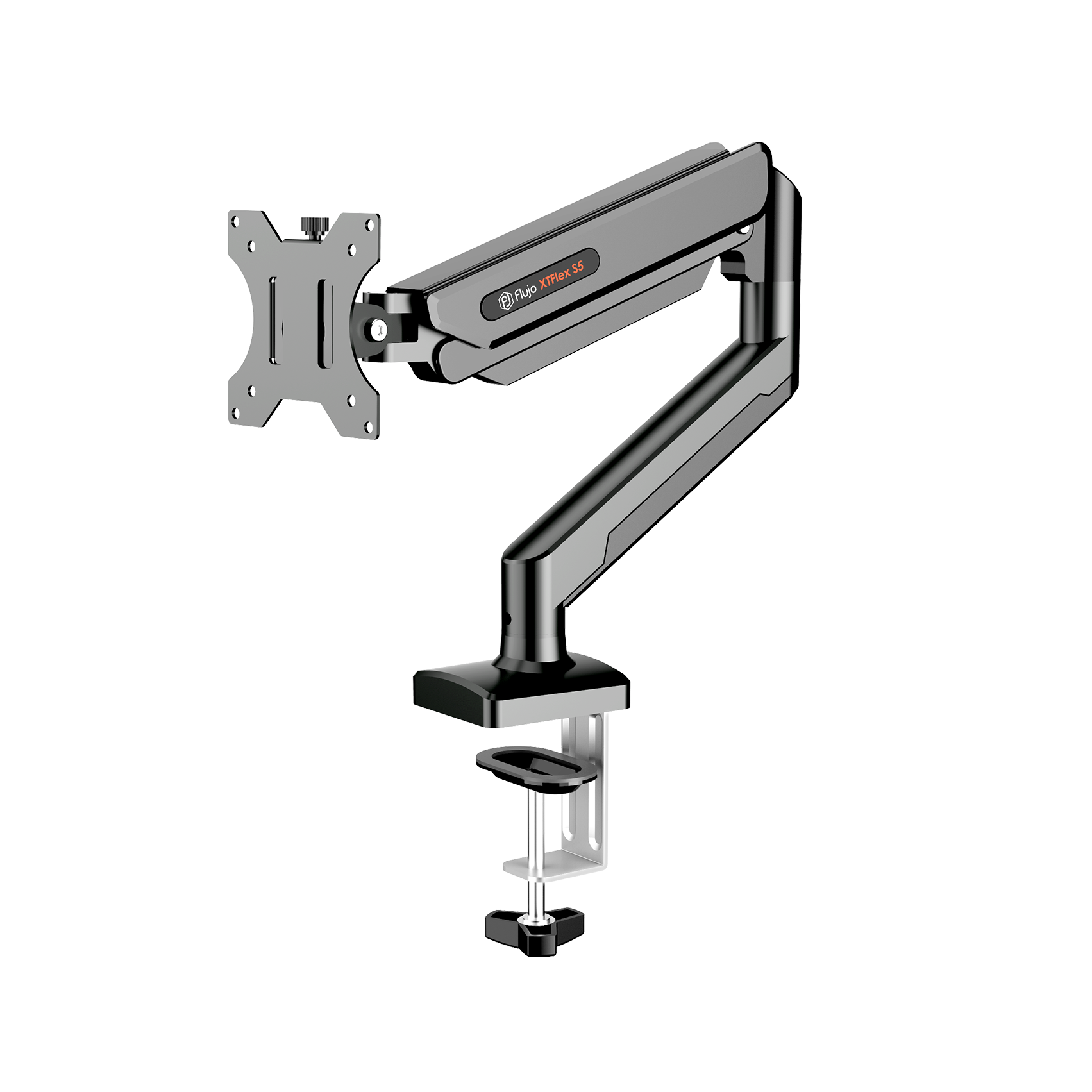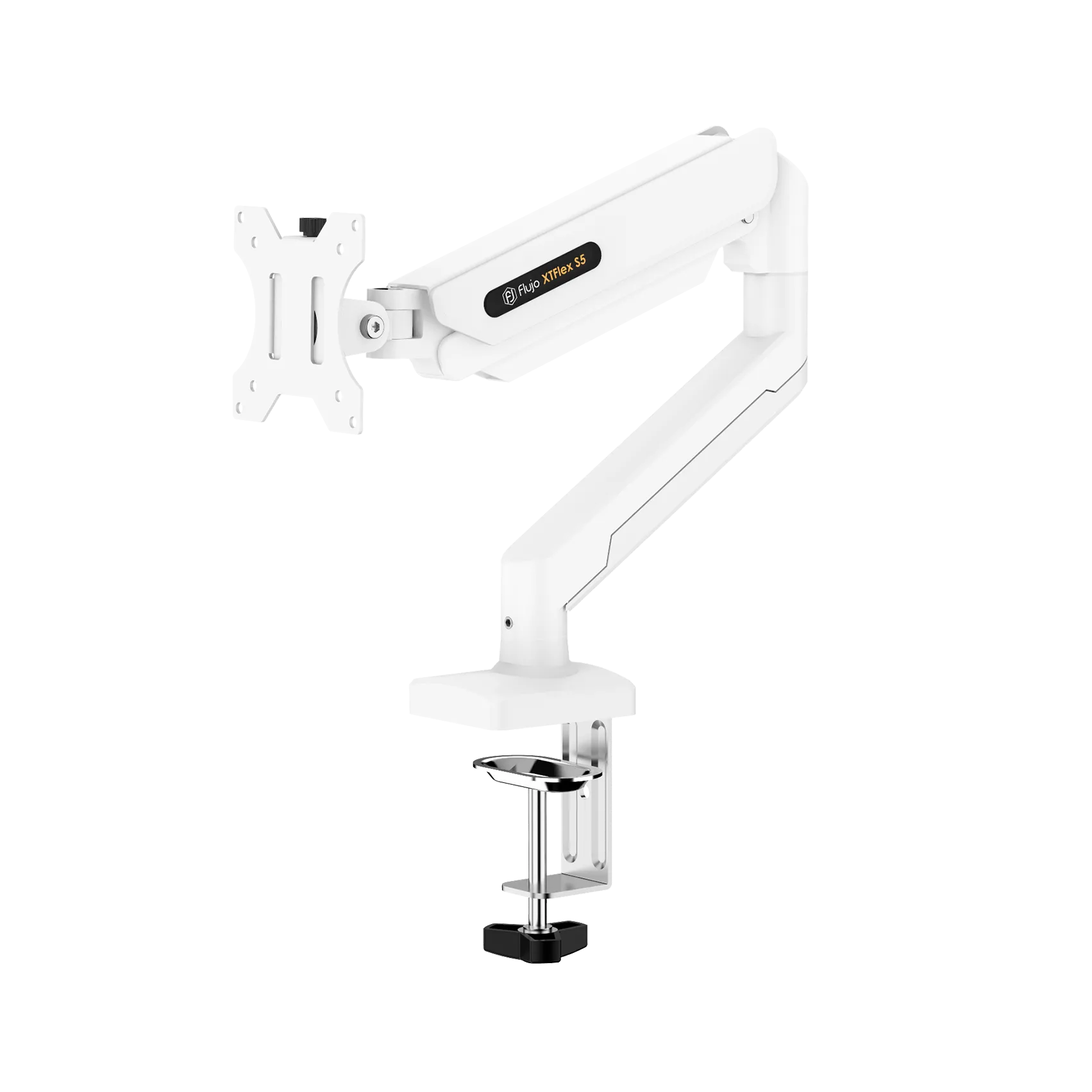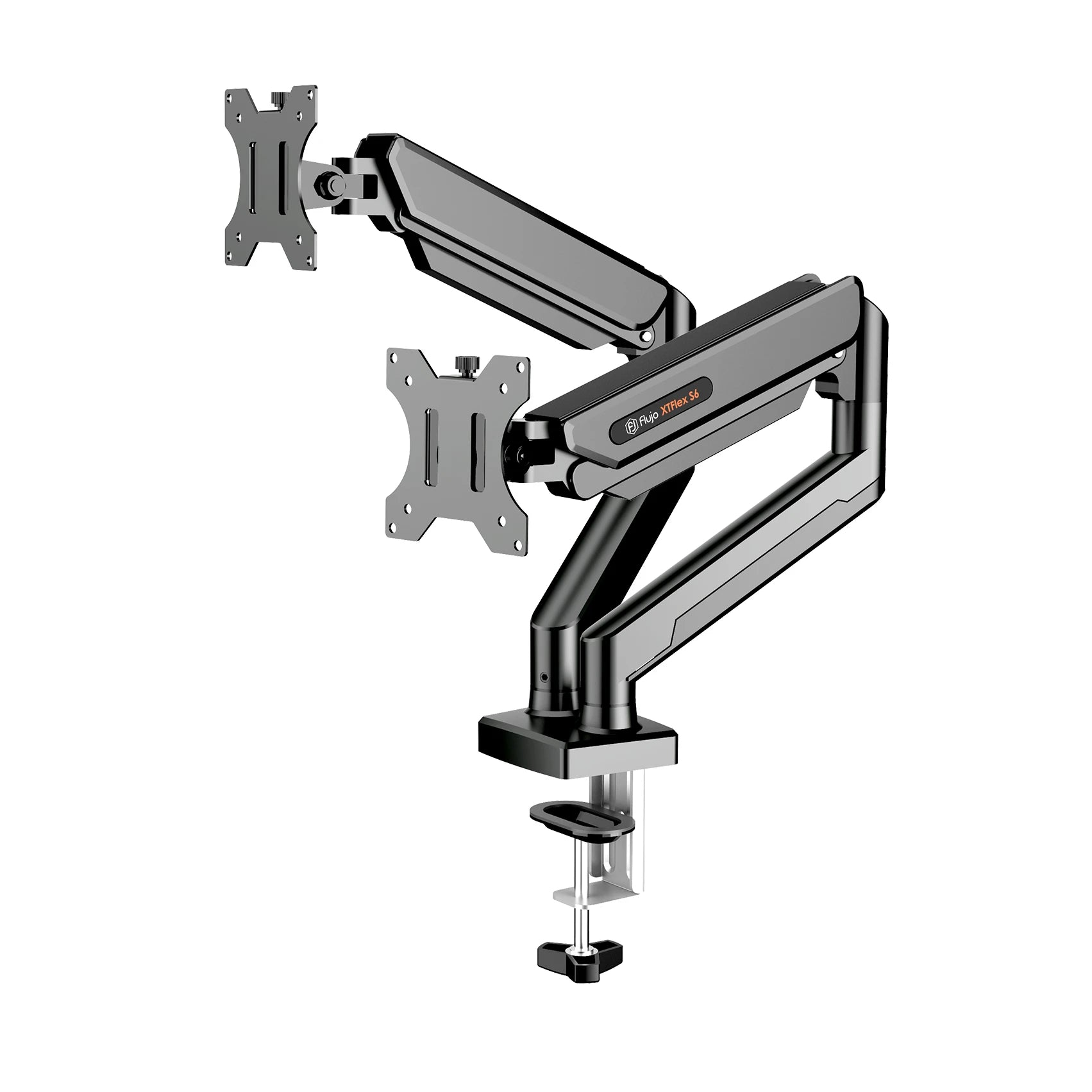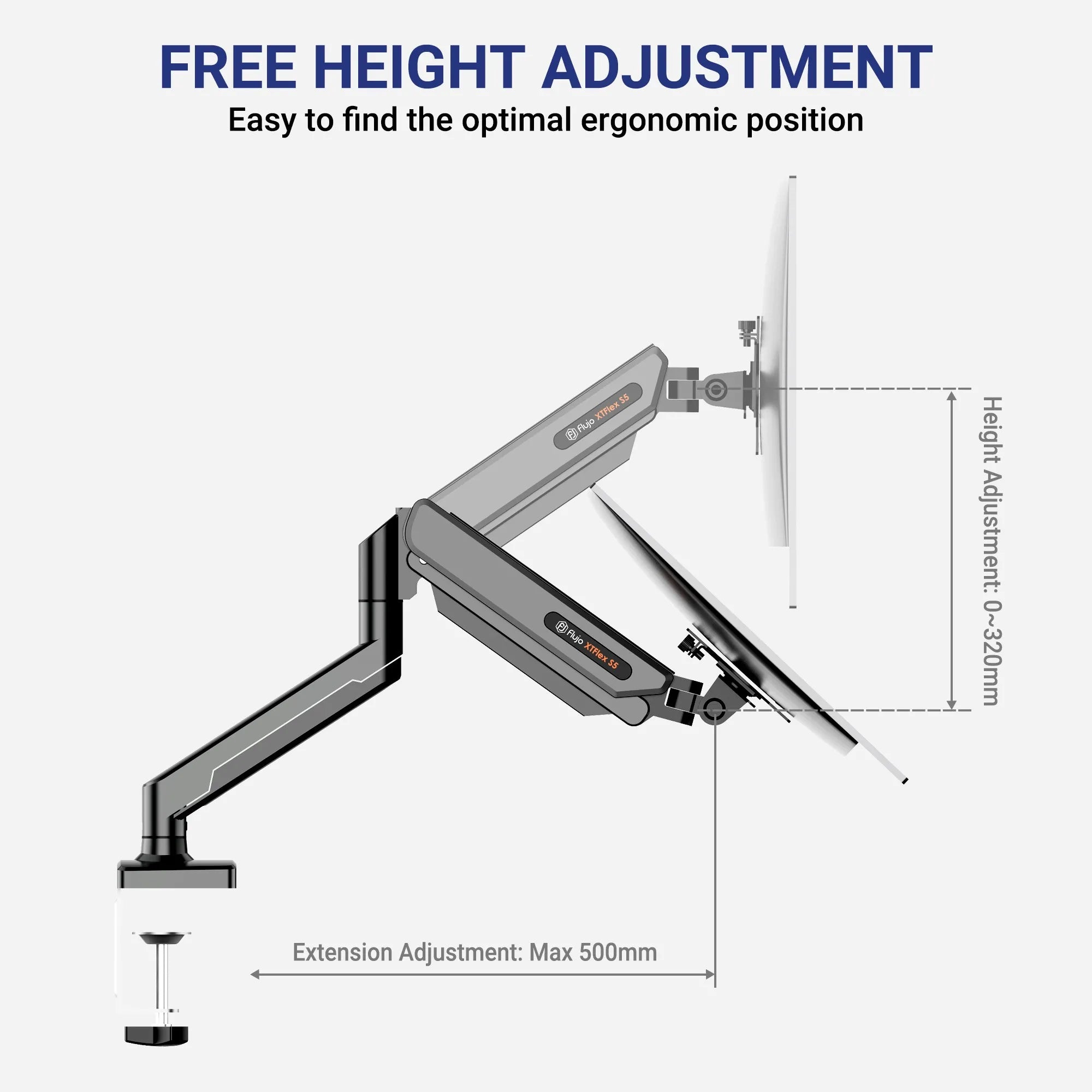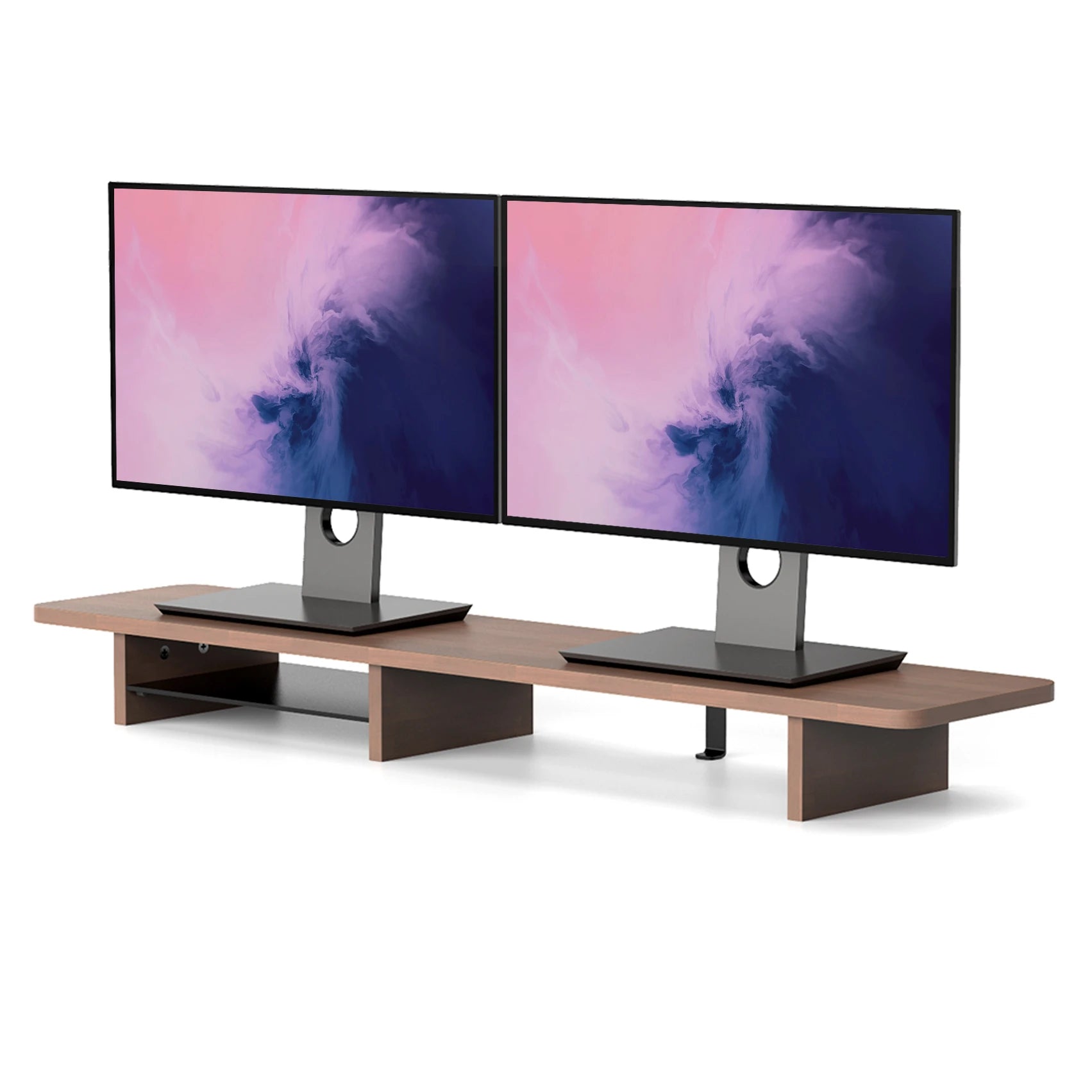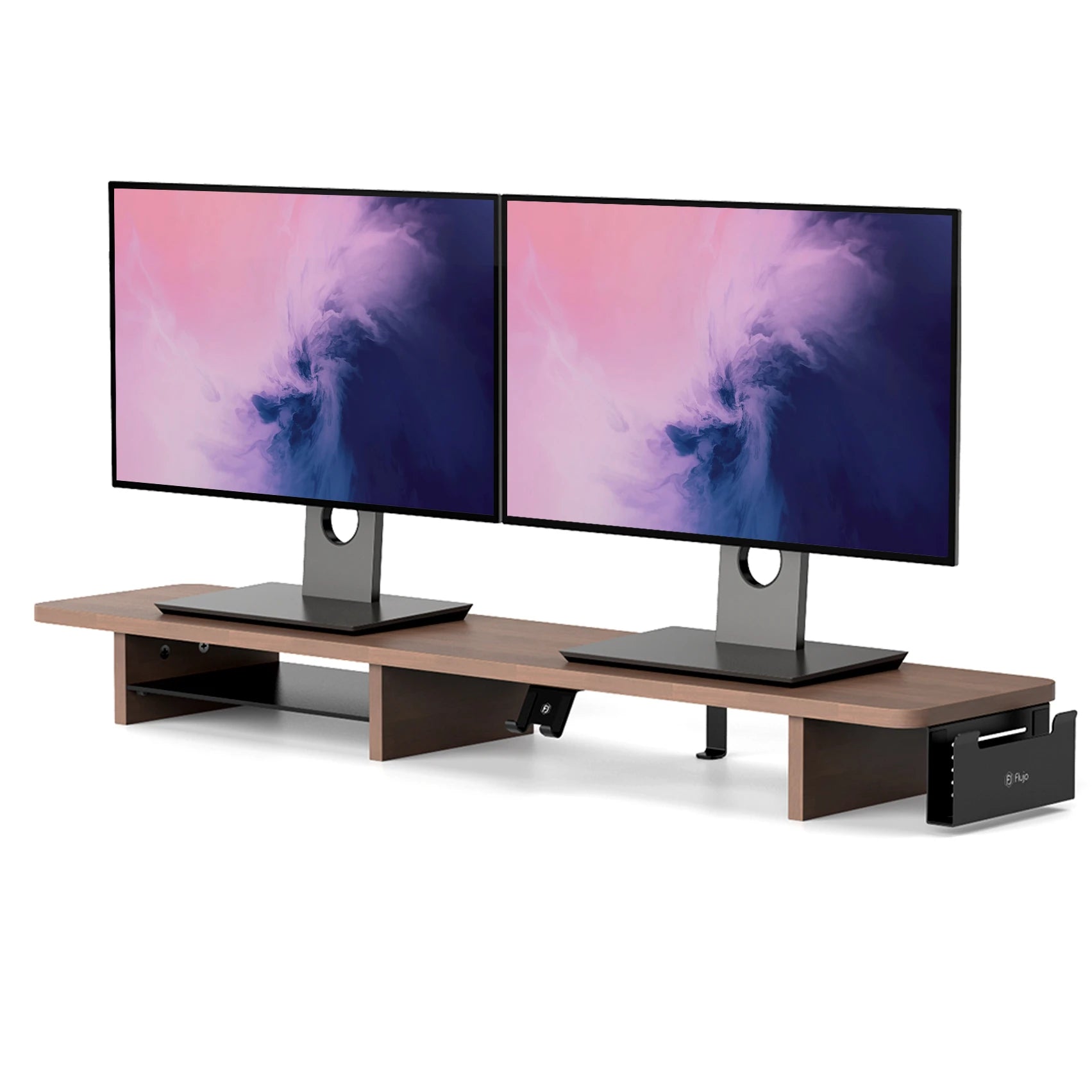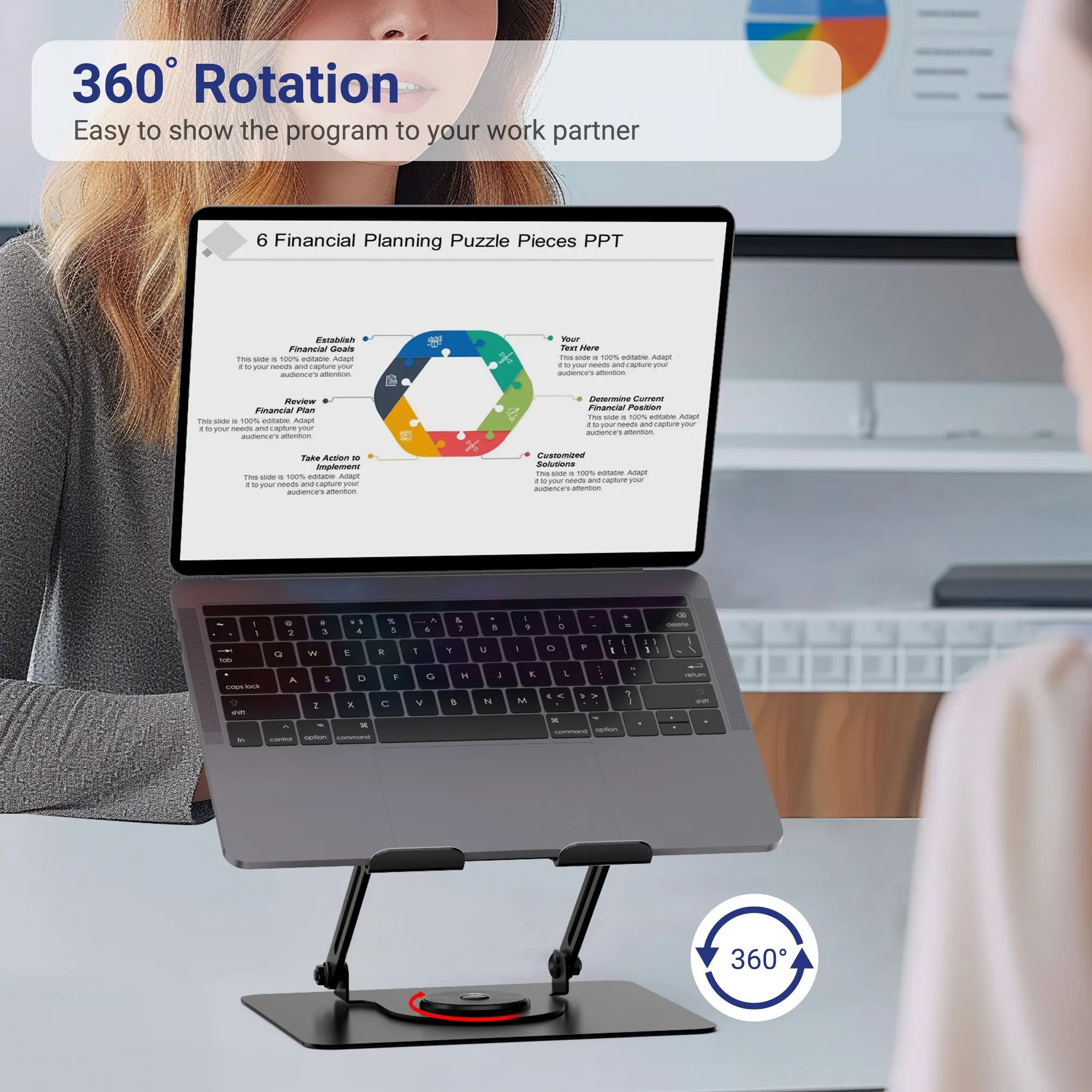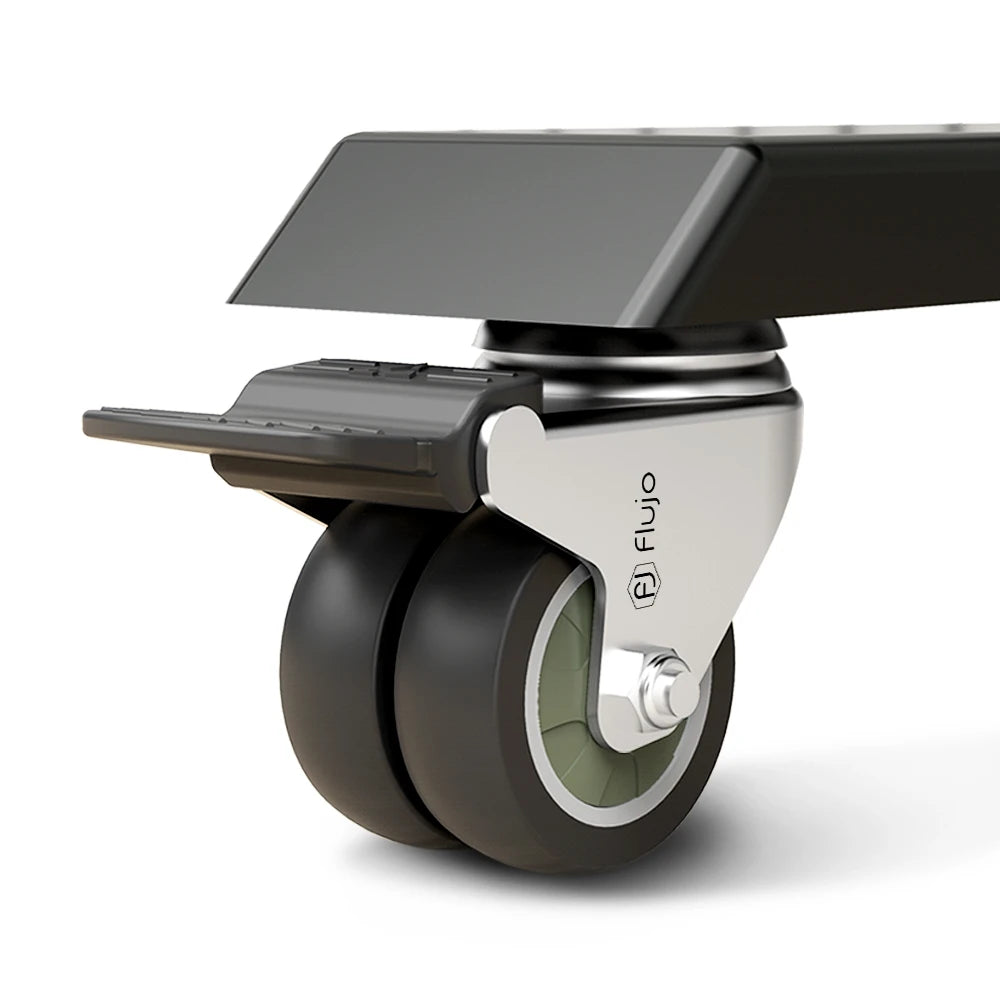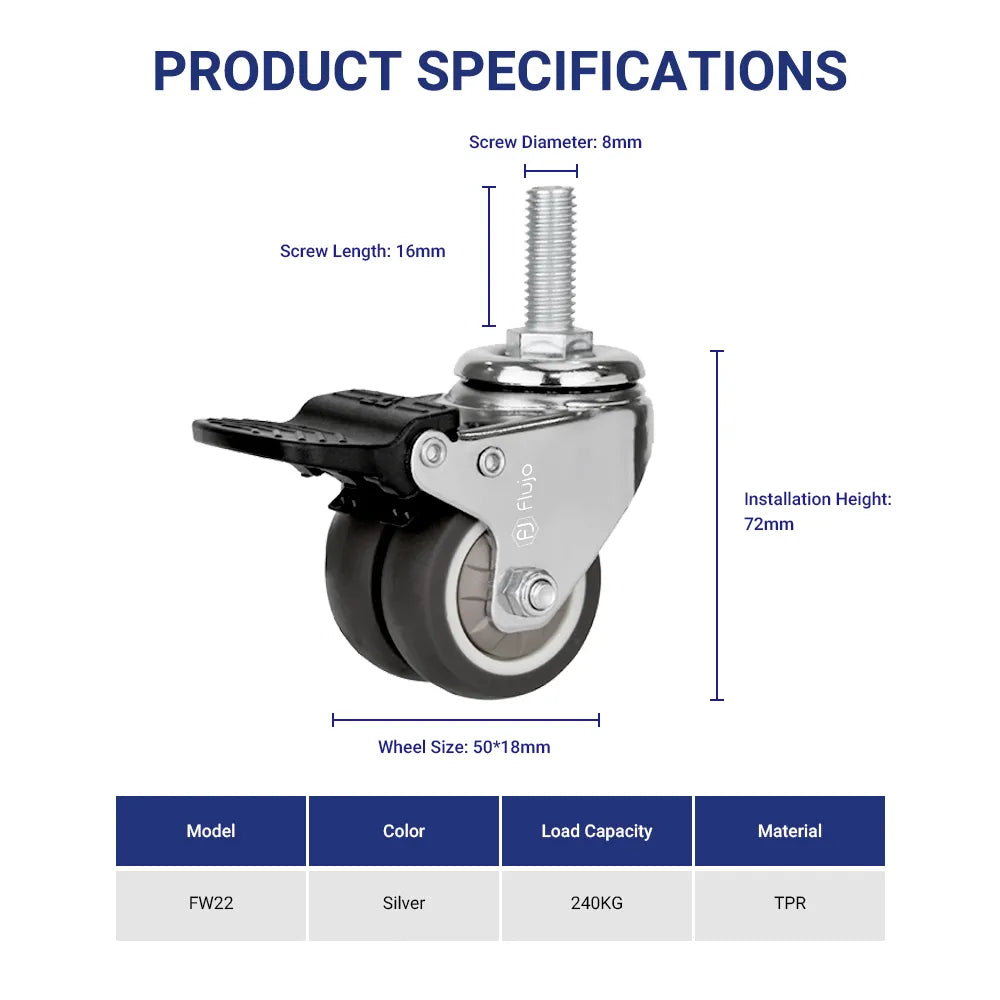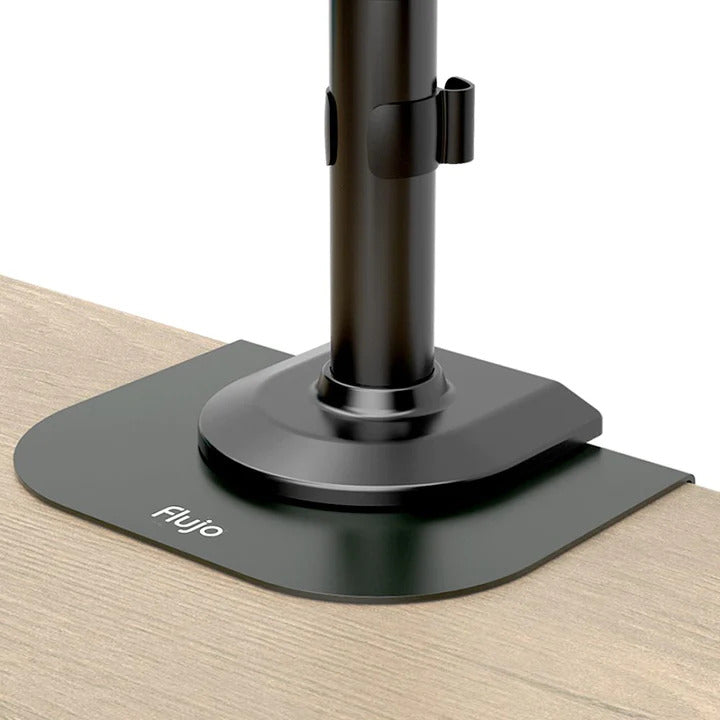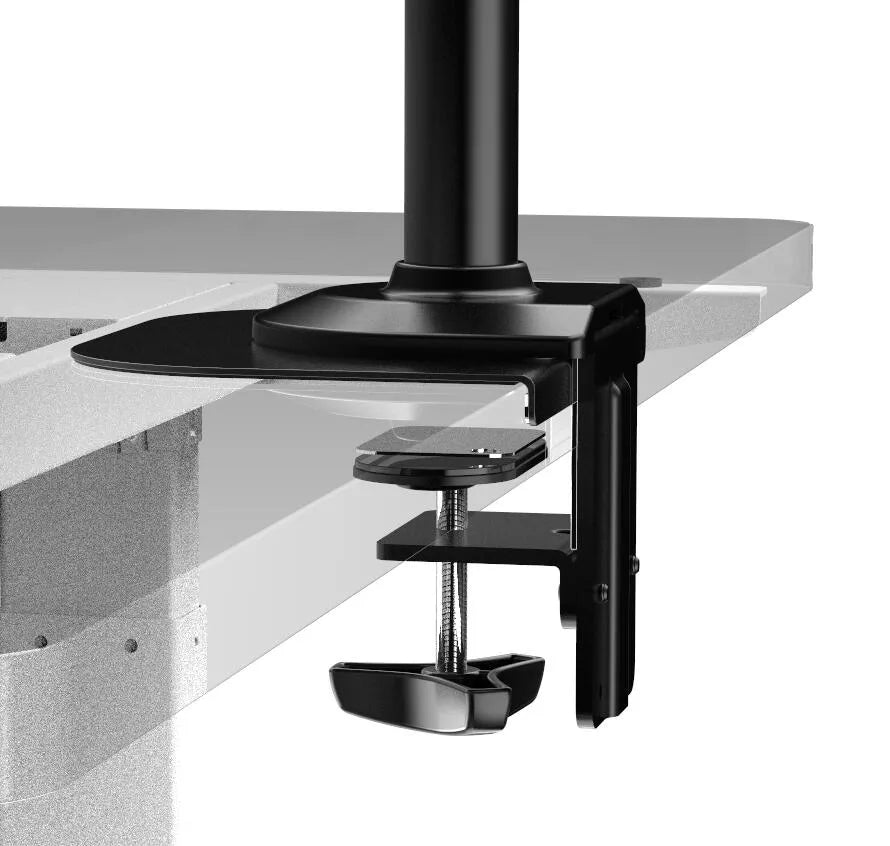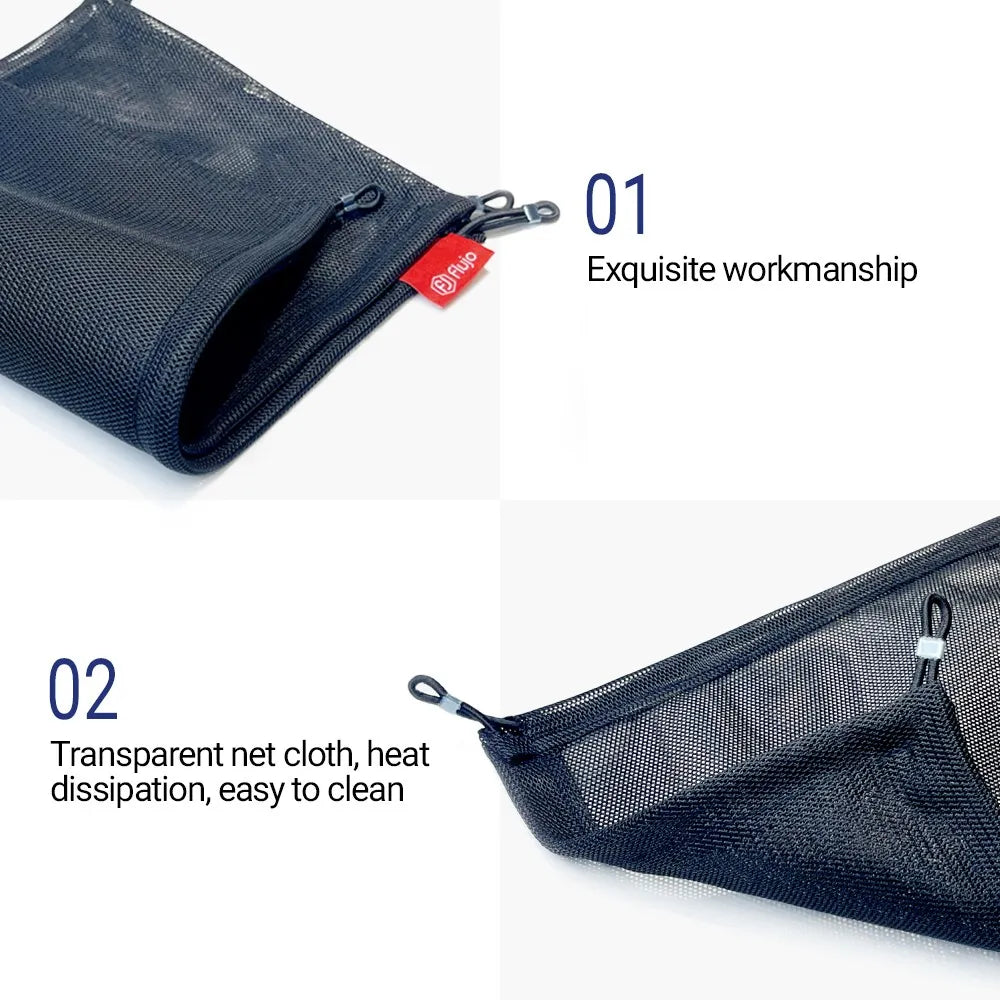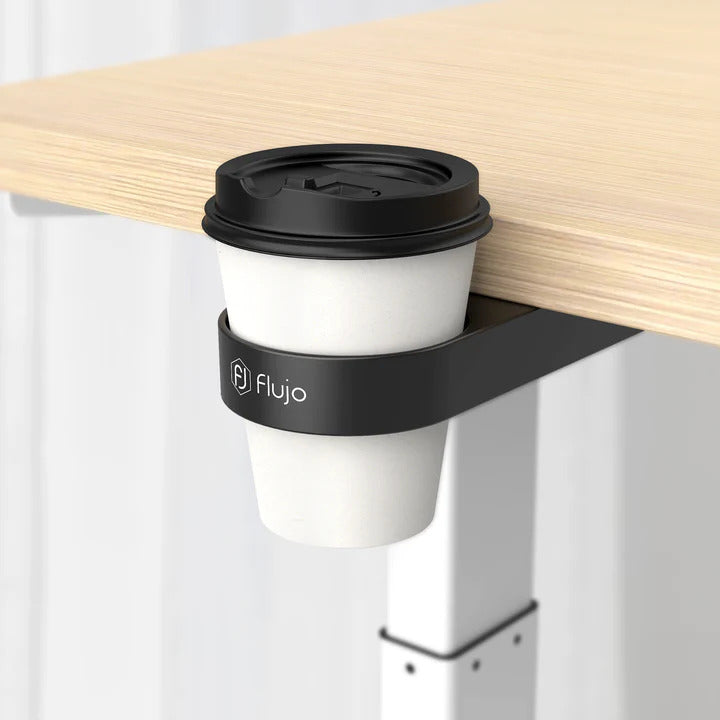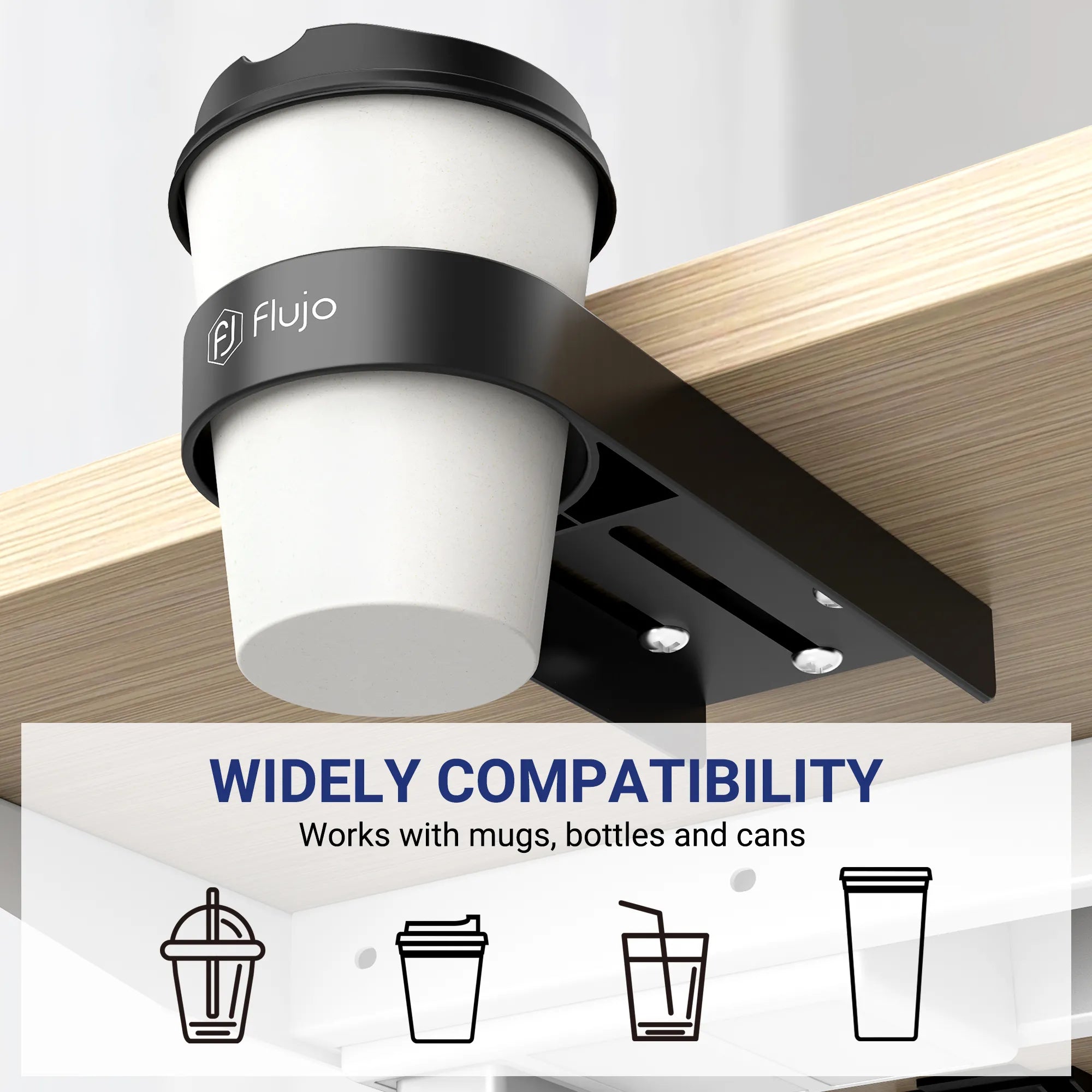How Companies, Employees adapt to new normal of Hybrid Work
The COVID-19 pandemic has drastically altered the way companies and employees operate, with many transitioning to remote work as a means of survival. As restrictions begin to ease and the possibility of returning to the office becomes more realistic, many businesses are considering a hybrid work model, where employees work both in-office and remotely. This shift to a new normal of hybrid work brings with it numerous challenges and opportunities for both companies and employees.

One of the main challenges for companies in adopting a hybrid work model is the need to redesign their physical spaces to accommodate social distancing guidelines and other safety measures. This may involve rethinking office layouts, installing dividers or screens, and providing additional hand sanitizing stations. Companies may also need to invest in new technology and equipment to enable employees to work remotely, such as ergonomic chairs, standing desk , videoconferencing software, and secure virtual private networks (VPNs).
Another challenge is the need to manage and coordinate the schedules of employees working both in-office and remotely. This may require the use of scheduling and project management software, as well as clear communication and guidelines for when and how employees should communicate with one another. Companies may also need to consider the impact of time zone differences on remote workers and ensure that they are included in meetings and decision-making processes.

In addition to these logistical challenges, the shift to a hybrid work model also brings with it cultural and psychological challenges. For many employees, the sudden transition to remote work during the pandemic was a steep learning curve, and returning to the office may be difficult for some who have grown accustomed to the flexibility and autonomy of working from home. Companies will need to find ways to support their employees as they adjust to this new way of working, including providing training and resources for remote work, encouraging regular communication and check-ins, and promoting a sense of community and connection among employees.
There are also potential challenges related to employee productivity and engagement, as some employees may struggle with the distractions and isolation of working from home, while others may find it difficult to stay focused and motivated in an office setting. Companies will need to find ways to foster a sense of collaboration and connection among employees, regardless of where they are working, through the use of technology and virtual team-building activities.

Despite these challenges, the shift to a hybrid work model also presents numerous opportunities for both companies and employees. For companies, the ability to offer remote work options can be a key factor in attracting and retaining top talent, particularly for those who may be hesitant to return to the office full-time. It can also lead to cost savings in terms of office space and utilities, as well as increased productivity through the ability to hire from a wider pool of candidates.
For employees, the ability to work both in-office and remotely offers a greater degree of flexibility and autonomy. It can allow for a better work-life balance, as employees have the option to work from home when it is most convenient for them. It can also lead to increased productivity, as employees may be able to work in environments that are more conducive to their individual needs and preferences.
In order to successfully adapt to the new normal of hybrid work, companies and employees will need to embrace a collaborative and flexible approach. This may involve regular communication and check-ins, the use of technology to facilitate collaboration and communication, and a willingness to adapt and adjust as needed. It will also require a focus on building trust and respect among employees, regardless of where they are working, in order to foster a sense of community and connection.

Overall, the shift to a hybrid work model presents both challenges and opportunities for companies and employees. By embracing a collaborative and flexible approach, and finding ways to support and empower their employees, companies can successfully
About Flujo
Flujo is a Singapore Ergonomic Eco-System company that specializes in ergonomic furniture and solutions We are determined to be a trusted brand to our customers. Designing with driving factors of innovation and customer-centric as core beliefs of our products, we are committed to understanding your needs. We strive to be the No 1 Ergonomic Chair and Height Adjustable Brand in Singapore.
Click here to view our selection of products
#flujoergo #WorkLifeBalance #workfromhome #ergonomics #ergonomicsolutions #singapore #singaporelife #singaporelifestyle







